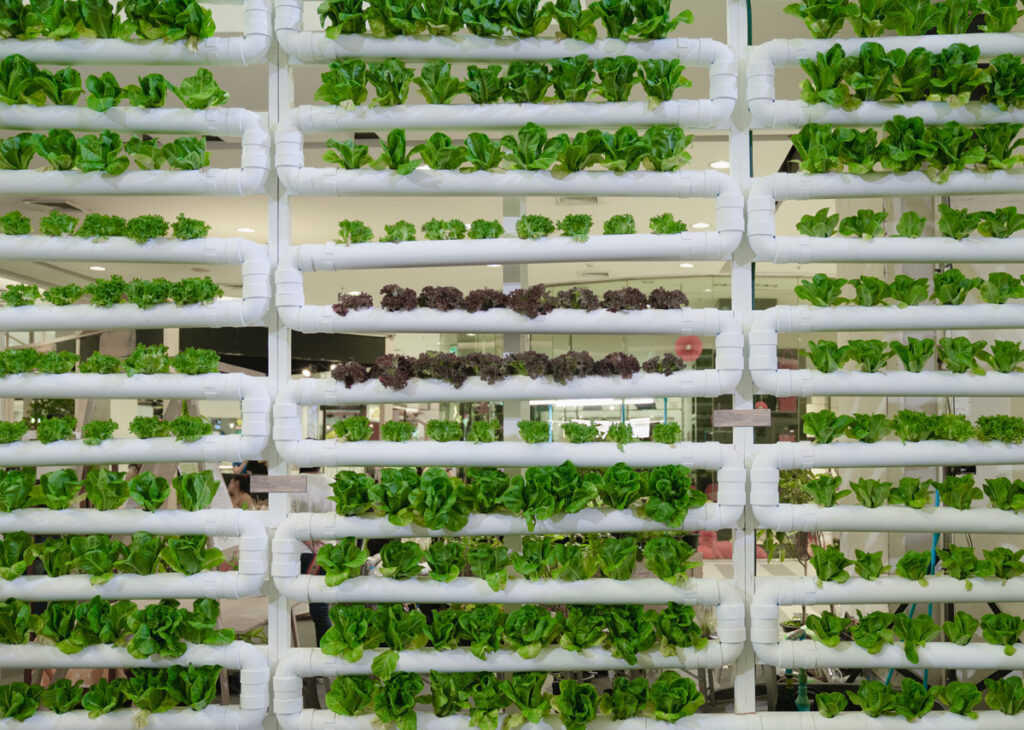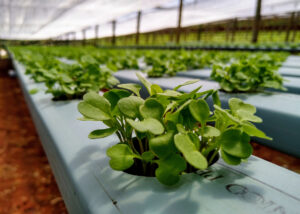The United Nations define food sustainability as “the idea that something is done in a way that is not wasteful of our natural resources and can be continued without being detrimental to our environment and health.”
Food sustainability is based on sustainable food systems comprising farming, supply systems and waste management and how these interact with energy, health, and trade systems.
What is a sustainable food system?
The Food and Agriculture Organisation of the United Nations (FAO) states that a sustainable food system (SFS) should deliver food security and nutrition for everyone in a way that is economically viable and socially beneficial. It must also continually make a positive or neutral impact on the environment.
In the past, SFSs have relied on agriculture to access fertile land with healthy soil, clean water and energy, and a stable climate – which isn’t always available naturally.
This is where Controlled Environment Agriculture (CEA) and vertical farming come in.
Why is food sustainability so important?
According to the WFP (World Food Programme), more than 821 million people (1 in 9) go hungry every day across the globe.
The problem of hunger and malnutrition is so widespread that the UN is focusing on “a profound change of the global food and agriculture system” to tackle it. They aim to do this at the same time as making food production more sustainable too.
What key factors affect the global food system?
The global food system covers all economic sectors, including:
#Energy use – The European Commission’s Emissions Database for Global Atmospheric Research (EDGAR) states that the global food system significantly contributes to total anthropogenic greenhouse gas (GHG) emissions. This is partly why they are calling for targeted decarbonisation and energy efficiency policies to help curtail these emissions. Although CEA systems rely on energy consumption for environmental power control, irrigation and lighting systems, this impact can be dramatically reduced by using energy from renewable sources, such as wind or solar power.
#Land
38% of the Earth’s total surface is already taken up by agricultural land, and the growing population continues to strain this limited resource. Conventional farming techniques have led to the loss of biomass and carbon and increased land degradation. Vertical farming can be used to maximise crop production while minimising the impact on the environment through a reduction in the use of soil and water.
#Food loss
An article in “Frontiers in Sustainable Food Systems” reveals that around one-third of food produced globally is lost along the food chain before, during or after harvest. Various causes include human carelessness, improper packaging, neglect, and process inadequacies. Moving food production to a controlled environment, such as vertical farming, can minimise environmental exposure that can cause cosmetic imperfections. CEA also allows farmers to synchronise production schedules to the typical consumer demand patterns.
If you want to become part of the solution of more sustainable food production by using Gelponics sustainable growth substrate, please don’t hesitate to contact us and find out more.


